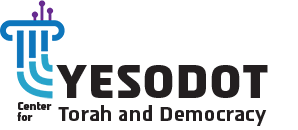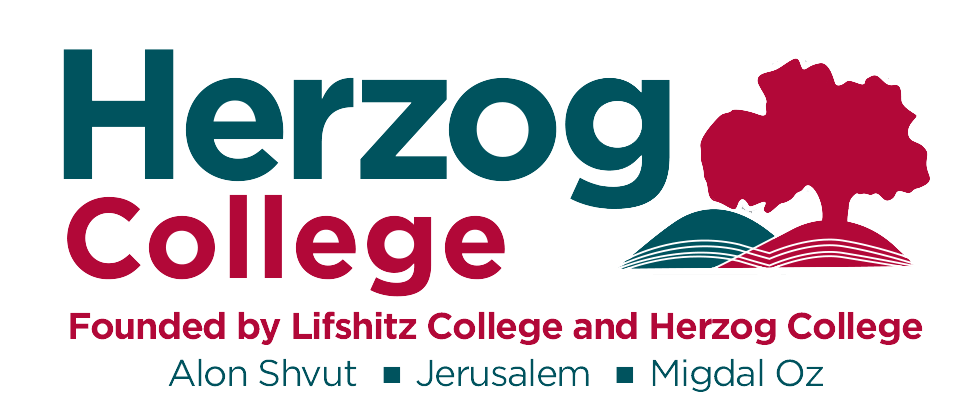By Adam Tasachi
The first meeting of its kind between the heads of religious schools in the Jerusalem district and representatives of American Jewry – a joint initiative of Herzog College’s “Yesodot” program and the supervisor of secondary education in the National Religious educational stream in the Jerusalem District – was held this week
Concern for my sister
What is the current relationship between the Jews of Israel and those in the Diaspora in 2018? This question was discussed this week at a meeting in Jerusalem that brought together representatives of prominent American Jewish organizations and leaders of the national religious educational system in Israel. The meeting, which was the result of a joint initiative of Hezog College’s “Yesodot” program and the supervisor of secondary education in the National Religious educational stream in the Jerusalem District, offered an opportunity for the Israelis to hear about the challenges, distress and struggle faced by North American Jewish communities. The meeting was part of a “principal’s journey” organized by Kobi Amar of the national religious educational system and was joined by Rabbi Dr. Avraham Lifshitz, who heads the national religious educational system and Mr. Alex Gliksberg of the Jerusalem District.
According to the statistics presented at the meeting, which are based on the PEW Research Center report, about 87% of American Jews feel a sense of responsibility and concern for the welfare of the State of Israel. Only 10% of American Jews identify as being Orthodox and just 4% of the charitable donations of American Jews are directed towards the State of Israel.
Lior Weintraub, vice president of the Israel Project, compared American Jewry and Israeli Jewry to two huge glaciers that are moving away from one another at an alarming pace. He argued that there is tremendous turmoil in the United States, as Jews have begun to distance themselves from their traditional communities, Jewish institutions are in a state of disintegration and young Jews are rapidly assimilating. Weintraub raised the question of whether Israeli Jews care about the size of the Jewish people today (about 14 million people), which could be significantly reduced if current trends continue. Weintraub spoke about the feeling of rejection on the part of American Jews when it comes to Israel, and emphasized that the national religious public has a significant role to play in preserving the alliance between the two groups.
Limor Rubin, who was responsible for Israel-American Jewish Relations at the Ruderman Foundation, quoted the historian, Professor Gur Alroey as saying: “As for the Diaspora, most Israelis do not learn about living communities, but only about dead communities.” Rubin emphasized the challenge that stands before Israelis when it comes to learning about the American Jewish community and its participation in the Zionist story, from the involvement of American Jews on the political and economic level, to the participation and sacrifice of American soldiers in the struggle for the establishment of the State up to and including more recent wars. “We are connected to each other, and cannot be separated,” said Rubin, “that is why we are so strongly influenced by one another. For me, alienation, hostility and lack of familiarity are not an option. We must strengthen the connection between American Jewry and Israel.”
Alon Friedman, director of the Hillel Israel organization, presented the complex situation of Jewish students on American campuses, explaining that students are exposed to progressive-liberal values that create hostility towards the State of Israel. These students are required to deal with the identification with their Jewishness and the State of Israel, even though they know little about it. Friedman put forward his vision, suggesting that now that the first project of the Jewish people – the State of Israel – was completed, it was time to address the next project – concern for the Jewish people. “We have [to] make sure that we do not make a historic mistake regarding the second half of the Jewish people. We must be particularly careful to avoid saying ‘you do not belong here.’ Such a situation would produce a distancing that would sever our relationship entirely. Our story is three thousand years old, not seventy. We must understand that there are two parts of the same family here.”
Carole Nuriel, the director the Anti-Defamation League’s Israel office, presented US-Israeli Jewish relations by pointing out how several gaps have emerged: 1. the intergenerational gap between the older community, which expressed absolute commitment to the State of Israel, in contrast with the younger generation that is apathetic about the State of Israel, and, in some cases, lacks sympathy for the State entirely because of the way it is perceived. 2. The political gap between those who hold liberal positions and those who hold conservative positions, leading to opposing positions on Israel. 3. The gap between American Jewish denominations – 10 percent of whom are Orthodox, in contrast with a much higher percentage who belong to other denominations. 4. The gap between the Jewish community in the United States, which shows great interest in Israel, as evidenced by participation in such programs as Taglit-Birthright Israel, while Israelis show no similar interest in American Jewry. Nuriel concluded that “even if you are strictly Orthodox, you do not have to agree with other Jewish streams – but you must get to know them.”
Danny Wassner, who works at the Israeli office of the Jewish Federations of North America, claimed that the real challenge is the next generation of American Jewry. He said that although the Federations invest money, thought and time on the subject, what is happening in Israel undermines their efforts to connect to the next generation to Israel. The common scenario, he says, is that the Federations’ efforts to bring young people to Israel fail when the young people coming to Israel encounter an abusive attitude. “A child from a Conservative congregation prays in a particular way his whole life, and when he reaches the Western Wall he is told that he cannot pray as he is used to. This is hurtful and off-putting to him. A community rabbi from a large community in the United States told me that he has explained to Ultra-Orthodox Knesset members, ‘Every time you say something in Israel against the Reform movement or against American Jewry, I lose ten percent of my community.’ ”
Deputy Minister Michael Oren, who served as Israel’s ambassador to the United States, also met with the principals and argued that Diaspora Jewry appear in the Israeli media in only two contexts – assimilation or anti-Semitism – and are not discussed in any other way. Never do they hear about American Jewry’s achievements or successes. “We must remember that we have no other people. Relations with American Jewry include an economic and security interest – but above all, there is a moral interest. The Zionist movement aspired to establish a nation-state for the Jewish people in its homeland, but I believe that we have not yet reached an understanding of what this means, and how to define our commitment as a Jewish state to the Jewish people. Does it relate solely to military and security matters, or is there a commitment to Jewish continuity, as well? I call upon you, as educators, to join this effort.”
The main question raised by the national religious principals was how to take responsibility and help American Jewry. This question was answered by a proposal to expand the discourse beyond issues of Jewish law in an attempt to reach out to the broad, common denominator of Jewish People. This would help stop the widespread alienation, and work towards introducing greater understanding between Jews in Israel and American Jewry.
Kobi Amar, the Jerusalem district supervisor of the national religious schools, added that the way to get to know oneself depends on one’s ability to listen to others and to surround ourselves with empathy, commitment and responsibility. This is the essence of a pedagogical movement – to listen, to identify, to wonder, to ask, to do. Today’s journey took us to hear the voices of our brothers from overseas and to see their outstretched hand, heightening our sensitivity to the moral, fraternal and educational responsibility to continue to emphasize the theme of “Jewish Peoplehood.” This raises the importance of the connection between the Jews of the State of Israel and the Jews of the Diaspora, demanding that we continue our work in the fields and expanses of our educational endeavors. At the end of the meeting, many participants reported that it had been an important day, at the same time enriching, touching, painful, exciting and thought-provoking, leading to a desire to act.
Ruhama Gebel-Redman, director of the Yesodot program at Herzog College, summed up the day by saying: Today we opened a window and asked, ‘How are you, my sister?’ Then we tried our best to listen to an answer from our sister community, that lives overseas. We did our best to ignore for a moment all the answers that we believe we know, in order to be attentive to an authentic voice that conveyed pain – but also success – to hear the concerns of someone who is part of our family yet lives a very different life than our own. A sister who, on the one hand, lives far away, but, on the other hand, is so closely connected to us and involved in our lives. The situation today is that the voices of conflict between the communities are alive and rowdy, while the voices saying, “but we are brothers!” are scarcely heard, except at times of crisis or disaster. We are left with the question of our role in this story, as religious Zionists in Israel. What role can we play in creating that sense of “togetherness” that stands above a shared physical space?
This “togetherness” must be based on identity and history. Perhaps we can even aspire to a “togetherness” that works to create a vision for the continued existence of the Jewish people in all parts of the world. Another question is how to transform the state of the Jewish people – the State of Israel – into an umbrella that enables the “togetherness of the tribes of Israel” (even beyond the borders of the state) where solidarity and mutual sensitivity exists between Jews who are very different from one another, the sharp arguments between them notwithstanding. What might the price be for such “togetherness”? Yesodot sees itself responsible to bring together the various parties to a respectful conversation where everyone listens in order to help define this “togetherness.”
Adam Tsachi serves as a pedagogical instructor and content developer for Yesodot, an educational institution that trains teachers for the Israel Ministry of Education on Jewish-democratic discourse.
This report first appeared in Hebrew in Serogeem as well as Arutz 7; translation provided by Yesodot.


